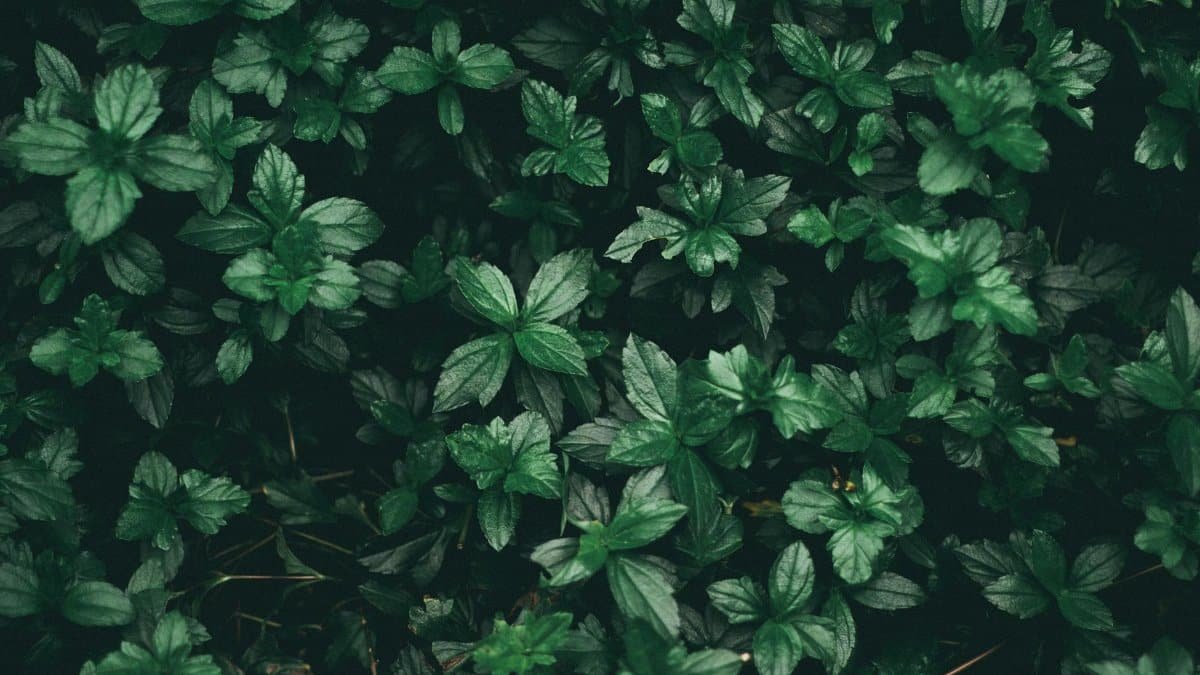Is your backyard a stress zone instead of a sanctuary? Garden layouts for deep relaxation are transforming outdoor spaces into havens of calm, and research backs up the mental health benefits. With stress levels soaring—over 40% of Americans report chronic anxiety, per the American Psychological Association—more people are turning to nature for relief. Thoughtfully designed gardens can lower cortisol levels and boost mood. Here are seven garden layouts that prioritize tranquility, each with unique elements to help you unwind.
1. Zen Garden Simplicity

Rooted in Japanese tradition, Zen gardens emphasize minimalism with raked gravel, smooth rocks, and sparse plants like moss or bonsai. The act of raking patterns into the gravel is meditative, reducing stress almost instantly. Studies from the University of Hyogo in Japan show that interacting with Zen garden elements can lower heart rates within minutes. Keep it low-maintenance by limiting plants and focusing on clean lines. Add a small bench for quiet reflection.
2. Water Feature Oasis

Water’s soothing sound is a cornerstone of relaxing garden layouts. A small pond or fountain can mimic nature’s calming effect, with research from the University of Sussex showing that water sounds reduce anxiety by up to 30%. Pair it with soft greenery like ferns and a shaded seating area. If space is tight, a tabletop fountain works too. The key is placement—position water elements where you can hear them from your relaxation spot.
3. Sensory Herb Garden

Engage your senses with a layout centered on fragrant herbs like lavender, mint, and rosemary. Aromatherapy isn’t just hype—studies published by the National Institutes of Health confirm lavender scents can decrease stress hormones ( NIH Study on Lavender ). Plant in raised beds for easy access and surround with stepping stones. Brushing against the plants releases calming aromas. Add a hammock nearby to soak in the effect.
4. Shaded Woodland Retreat

Mimic a forest with tall trees, dense shrubs, and dappled light for a grounding escape. Tree canopies lower ambient temperature and filter noise, creating a cocoon-like feel. Research from Stanford University shows that 90 minutes in a natural setting slashes rumination, a key anxiety trigger ( Stanford Nature Study ). Use native plants to keep upkeep low and carve out a nook with a rustic bench.
5. Circular Meditation Space

A circular layout with a central focal point—like a statue or small tree—draws the eye inward, promoting focus. Enclose it with low hedges or flowers like chamomile for a contained, safe feel. Walking or sitting in circular patterns can enhance mindfulness, aligning with practices shown to cut stress. Pave the center with flat stones for a meditation spot. This design works even in small yards if scaled down.
6. Color Therapy Flower Beds

Colors impact mood, and strategic flower beds can harness this. Blues and purples, like those in hydrangeas or irises, are scientifically tied to calmness, while bright yellows can lift spirits. Arrange beds in soft curves rather than harsh lines to avoid visual tension. Place seating where you can absorb the palette. Studies suggest color exposure in nature amplifies relaxation, making this a potent tool for garden layouts targeting deep relaxation.
7. Private Green Enclosure

Privacy is key to unwinding, and a layout with tall hedges or trellises draped in vines creates a secluded nook. Think boxwood walls or climbing ivy to block out neighbors and noise. Add a comfy chair or swing inside this “green room.” The sense of enclosure taps into a primal need for safety, easing the mind. This design suits urban dwellers craving peace in tight spaces, especially as 2025 sees more city gardening trends emerge.
